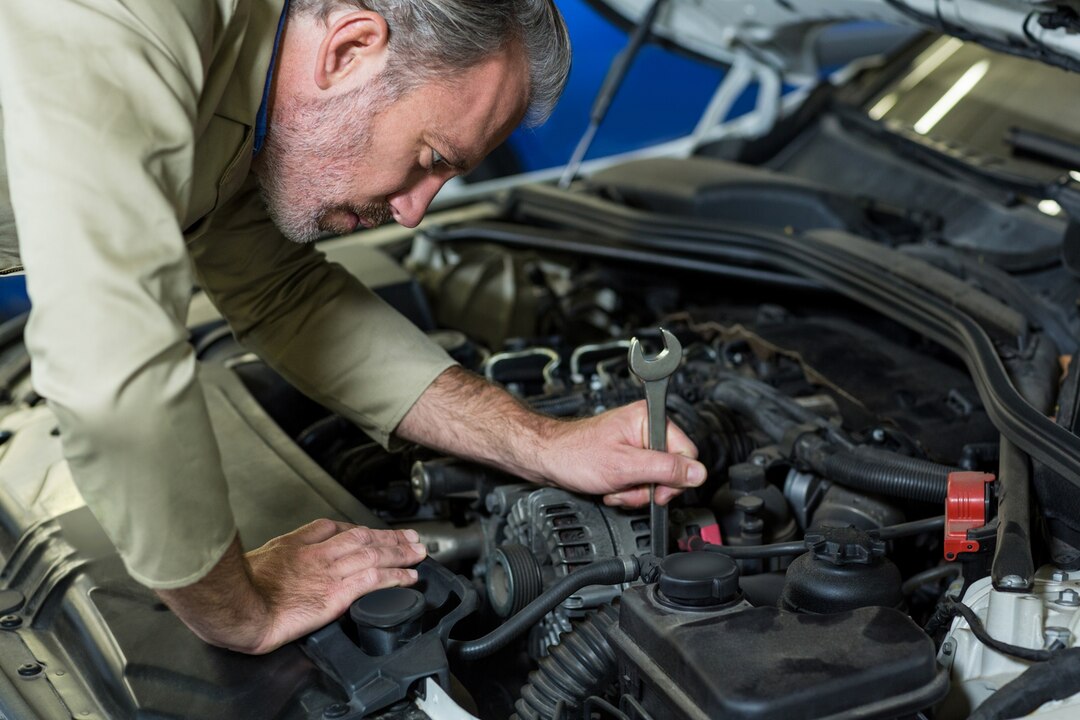A car alternator is a critical component of your vehicle’s charging system, responsible for generating electricity to power the car’s electrical systems and recharge the battery while the engine is running. When your alternator fails, it can lead to a host of electrical issues and ultimately leave you stranded on the side of the road. In South Africa, where reliable transportation is essential, knowing the process of replacing your car alternator, as well as the expected timeframe and cost, can help you stay prepared for any unexpected repairs.
1. Diagnosing the Problem:
Before replacing your car alternator, it’s essential to diagnose the issue accurately. If you notice warning signs such as dim headlights, flickering dashboard lights, or difficulty starting the engine, it may indicate a failing alternator. However, these symptoms can also point to other electrical problems, so it’s crucial to have your vehicle inspected by a qualified mechanic or auto electrician to pinpoint the root cause of the issue.
2. Removing the Old Alternator:
Once the problem has been identified as a faulty alternator, the next step is to remove the old unit from the vehicle. This typically involves disconnecting the battery to prevent electrical shocks, loosening the drive belt or serpentine belt that powers the alternator, and disconnecting the electrical connections and mounting bolts that secure the alternator to the engine block or bracket.
3. Purchasing a Replacement Alternator:
In South Africa, you have several options for purchasing a replacement alternator. You can buy a new alternator from an authorized dealer or aftermarket parts supplier, opt for a refurbished or reconditioned alternator from a reputable auto parts store, or purchase a used alternator from a salvage yard or online marketplace. The choice depends on your budget, the availability of parts for your specific vehicle make and model, and your preference for new or remanufactured components.
4. Installing the New Alternator:
Once you have the replacement alternator, the installation process is essentially the reverse of removing the old unit. Carefully align the new alternator with the mounting bracket, reattach the electrical connections and mounting bolts, and tighten the drive belt or serpentine belt to the manufacturer’s specifications. Take care to ensure that all connections are secure and properly seated to prevent electrical issues or belt slippage.
5. Testing and Calibration:
After installing the new alternator, it’s essential to test the charging system to verify that it’s functioning correctly. Start the engine and check the voltage output at the battery terminals using a multimeter or voltmeter. The voltage should be within the manufacturer’s specified range, typically around 13.5 to 14.5 volts, indicating that the alternator is charging the battery properly. If the voltage is outside this range, further troubleshooting may be necessary to identify and resolve any issues.
Timeframe and Cost Estimate:
The time it takes to replace a car alternator in South Africa can vary depending on factors such as the make and model of your vehicle, the accessibility of the alternator, and the skill level of the mechanic performing the job. In general, a straightforward alternator replacement can be completed in approximately 1 to 3 hours.
As for the cost, it also varies depending on whether you opt for a new, refurbished, or used alternator, as well as the labor rates charged by the mechanic or auto repair shop. On average, the cost of a replacement alternator in South Africa ranges from ZAR 1,500 to ZAR 5,000 for the part alone. Labor costs typically add an additional ZAR 500 to ZAR 2,000, bringing the total cost of the alternator replacement to approximately ZAR 2,000 to ZAR 7,000.
Replacing a car alternator in South Africa is a straightforward yet essential maintenance task that ensures the proper functioning of your vehicle’s electrical system. By understanding the process involved, as well as the expected timeframe and cost, you can make informed decisions and stay prepared for any necessary repairs to keep your vehicle running smoothly on the roads of South Africa.











